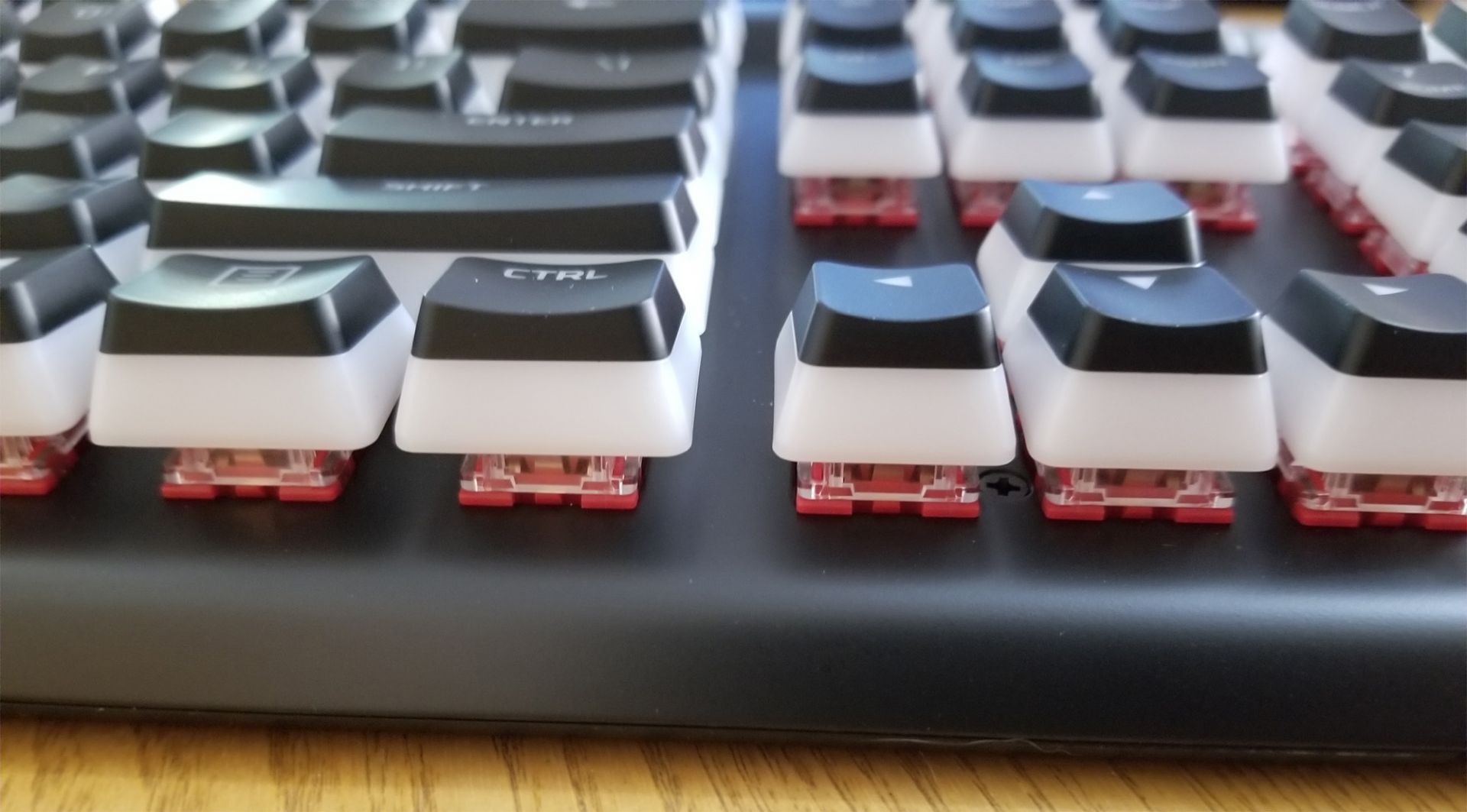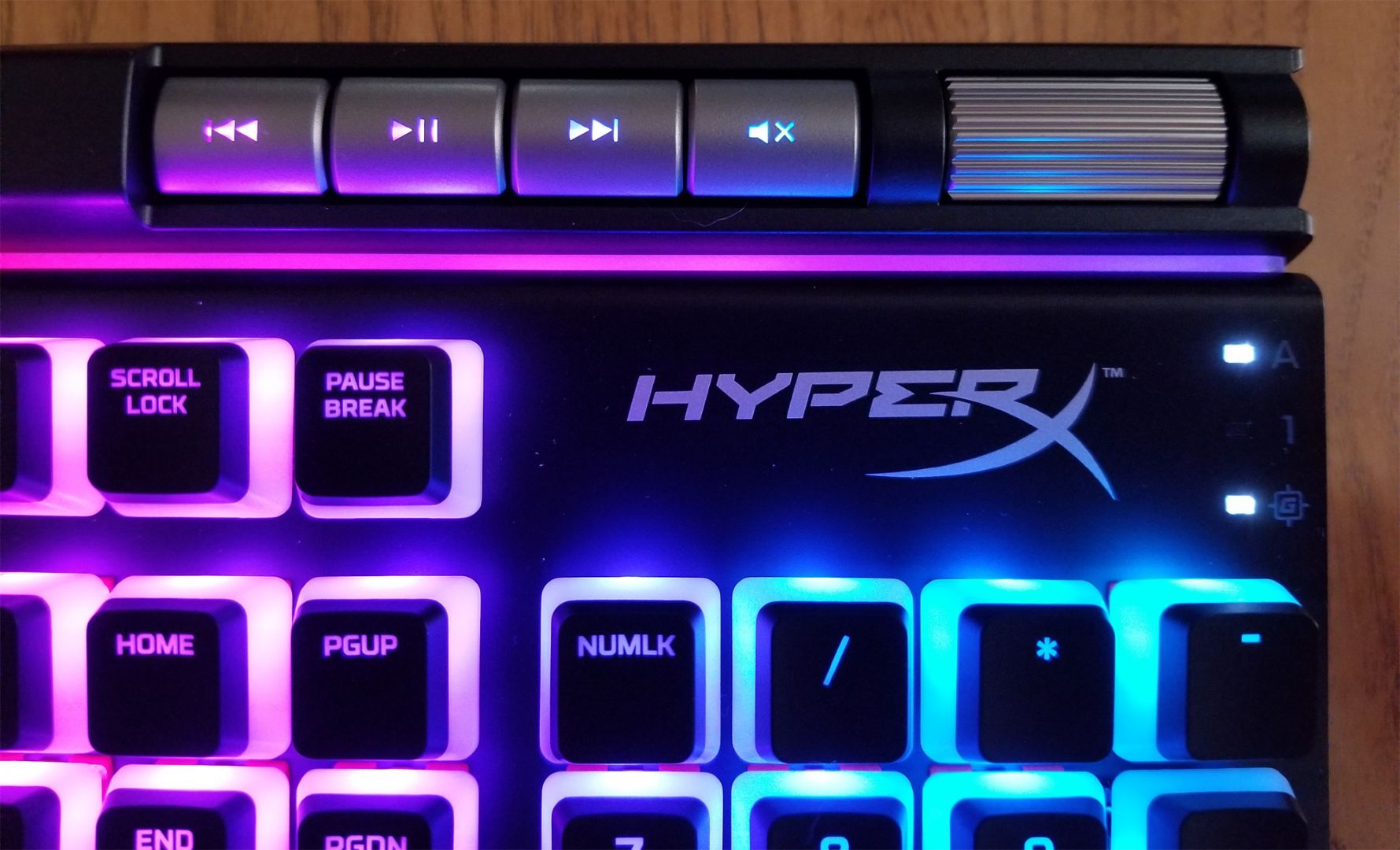Almost exactly three years ago, I reviewed the HyperX Alloy Elite Mechanical Gaming Keyboard. It was the second HyperX keyboard, iterating on the success of the Alloy FPS - a keyboard which had converted me as a believer in the difference that a good mechanical keyboard can make.
Since then, HyperX has gone on to make many more keyboards, all in the Alloy line. I’ve reviewed many of them, and each one has made sense in the journey that HyperX and the Alloy line have walked. Some have focused on a specific type of gamer (e.g. the Alloy FPS Pro Gaming catered to FPS players who want a very compact frame), others have updated with more lighting options (e.g. the Alloy FPS RGB added software as opposed to focusing solely on plug-and-play), and still others changed physical aspects (e.g. the Alloy Origins swapped Cherry switches for in-house HyperX switches).

After three years, HyperX has looped back to one of the keyboards that started it all and in doing so has given it many of the bells and whistles that have proved successful in that time gap. Today I’ll be reviewing that board: the HyperX Alloy Elite 2 Mechanical Gaming Keyboard (henceforth just “Alloy Elite 2”). And I’m sure that the question you have is "what’s different about this remastered version?"

Let’s start with the things that are the same between the Alloy Elite and Alloy Elite 2. Like all Alloy keyboards, the Alloy Elite 2 has a solid steel frame. Both keyboards have a detachable braided cable which ends in two USB ports: one to power the keyboard, and the other to transfer one of the USB ports on your PC tower to the back of the keyboard. The general shape and layout of the keyboard is practically identical to the original Alloy Elite, with a media bar located at the top. On the left side there are big buttons for changing keyboard brightness, swapping between keyboard profiles, and turning on Game Mode. On the right, there are buttons for media control: skip back a track, skip forward a track, pause/resume playing a track and mute all sound on the system. There is also a large volume wheel which is extremely easy to use to get the volume to a precise level.
